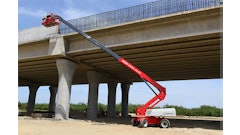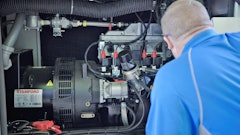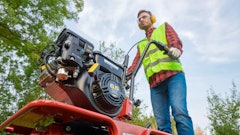The North American powered access industry is getting closer to the publication of new standards for aerial work platforms. Both ANSI A92 and CSA B354 standards are “under construction” for a complete change. Both standards are changing from product-based (i.e. vehicle mounted, push around verticals, self-propelled booms, self-propelled verticals/scissor lifts) to activity-based (manufacture/design, safe use and maintenance, training) measures.
While the ANSI A92 committees began this project several years ago, the standards are still in the development stages and the committee continues to review and harmonize with the ISO standards in the creation of three new standards A92.20 Design, calculations, safety requirements and test methods for Mobile Elevating Work Platforms (MEWPs), A92.22 Safe-Use of Mobile Elevating Work Platforms (MEWPs), and A92.24 Mobile Elevating Work Platforms (MEWPs) Operator training.
The Canadian Standards Association (CSA) began the same process last year and has benefited from the work started by A92 committees. The new standards will replace the existing B354.1/.2/.4 standards. CSA committees have worked overtime to move the development of these standards forward and have issued draft standards for public comment in late May of 2014. Depending on the volume and magnitude of comments coming back from the public, it could be expected to have new standards published by the end of Q1 in 2015.
Now that the CSA standards are out for public comment, anyone can see the scope and language that industry experts have crafted for these three standards. They are available to the public through the end of July for review and comments to be submitted for consideration by CSA.
There are changes small and large that will have an impact on the entire industry. The design standard will be a 90-plus page document that will provide thorough and detailed guidance for the manufacture of equipment covered in the standard. A major change is the new requirement for load management to be used on all platforms. A small, but significant change is that from current lift classification defined by individual standards (ie a B354.1 machine) to classification recognized internationally, groups A and B, combined with types 1, 2 and 3. Language will change from aerial work platforms (AWPs) to Mobile Elevating Work Platforms (MEWPs).
The safe-use standard will introduce language to mandate a decal defining the date of the last annual inspection be placed on every active MEWP by the owner. Language has been added to allow professional engineers to allow modifications to a MEWP if unable to obtain permission for the manufacturer. There is new language on the requirement of users to perform risk assessment and the process to complete one. One of the more significant additions to this standard is language addressing the circumstances and process of allowing vacation (or entrance) of an elevated work platform.
The training standard is significant in the fact that it is now a stand-alone document that will clearly raise awareness on the requirements for compliant operator training and the additional requirement for machine-specific familiarization. Newly added is language to require the operator to provide instructions to all occupants of the work platform. The standard also added language on the requirement of providing training in a manner the trainee can understand, addressing issues such as language, literacy and comprehension. There is also language to allow the use of online training and the use of examiners in the training process.
It is clear that a full reading and understanding of the new proposed standards is a task that all industry stakeholders will need to undertake. The ability to comment and have your voice heard on standards that will impact your business in many ways is not just a responsibility, but a good investment in how we improve the safety and competitiveness of our industry.
The desire of the industry is to push the standards closer from country to country and harmonize the language used in the standards. The CSA committees also developed a set of definitions to be used across all of the B354 standards. The work of the various standard committees are shared in an effort to bring consistency and thoroughness in the standards to provide the best and safest means of completing the task.
The CSA Mast Climbing and transport platforms (new) standards are also being revised to follow the new task specific structure of design, safe-use and training. The MEWP standards will provide both a structure and language to harmonize the standards further. These standards will likely be targeted for an end of 2015 release.


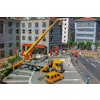
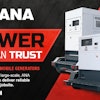
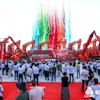
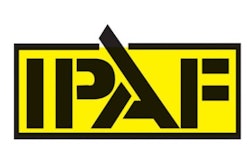



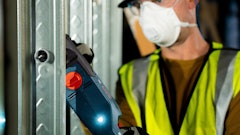
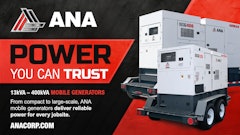

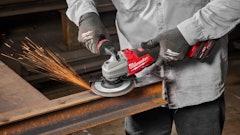



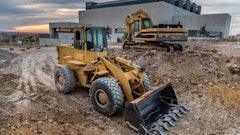
![Building Angled Sm Edit 6050b8d213f1b[1]](https://img.forconstructionpros.com/mindful/acbm/workspaces/default/uploads/2025/09/building-angled-sm-edit6050b8d213f1b1.Ygq5aAos3b.png?ar=16%3A9&auto=format%2Ccompress&crop=focalpoint&fit=crop&fp-x=0.53&fp-y=0.23&fp-z=2&h=135&q=70&w=240)
